A Little Glimpse into our Norouz
Before diving into reflections, here’s a short clip from our Norouz gathering—a moment of rhythm, light, and quiet joy.
We cut the cake at exactly 9:01:30 PM, the precise moment of the vernal equinox. That instant—when day and night are perfectly balanced—is when Norouz truly begins. Not just a date on a calendar, but a celestial pivot point.

I’ve yet to attempt a full Haft Sin, but this year, I symbolized each element in a cake and cut it at that moment of cosmic symmetry. It felt right: a gentle innovation on tradition, one that reflects the layered nature of Norouz for me—part-Persian, Bahá’í, and of distant Zoroastrian descent. My festive rhythm has long leaned toward the latter part of the year—from Halloween to Epiphany, with near-weekly celebrations—but this year, Norouz found its center.
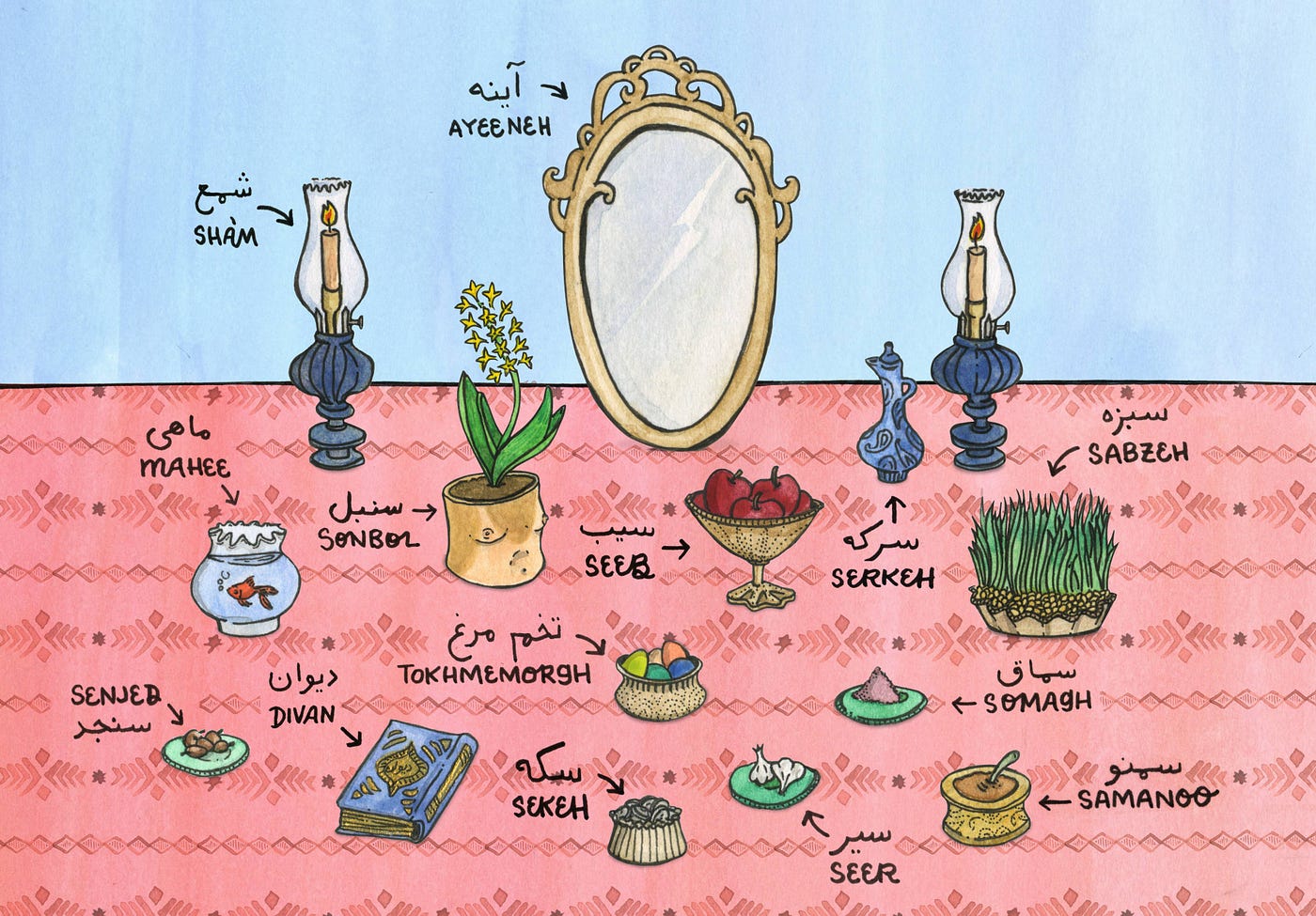
As I write this, it’s also Laylat al-Qadr—the Night of Power in the Islamic calendar, believed to hold the weight of a thousand months. A rare convergence: Bahá’í and Muslim fasting overlapping, Ramadan and Norouz intertwining. From next year, they’ll decouple again, but for now, the alignment feels sacred.
The camera caught just a sliver: flickering candles, a circle of loved ones, rhythmic clapping, and a moment more felt than spoken.
Sometimes, a few seconds of joy carry the weight of an entire season.
On Time, Calendars, and the Sidelines of Madness
Every March, we return to the UK for a few weeks before resettling in the US. It’s become ritual. And each time, I’m reminded of how the rhythms of British life can consume your own—fast-paced, all-absorbing, quietly draining.
This year, Cheti Chand falls on March 30th—marking the Sindhi New Year, and also 14 years of partnership with Dr. V. A few days later, Sizdeh Bedar brings Norouz to a close. These cultural markers—unofficial, quietly sacred—anchor my year far more meaningfully than any Gregorian milestone.
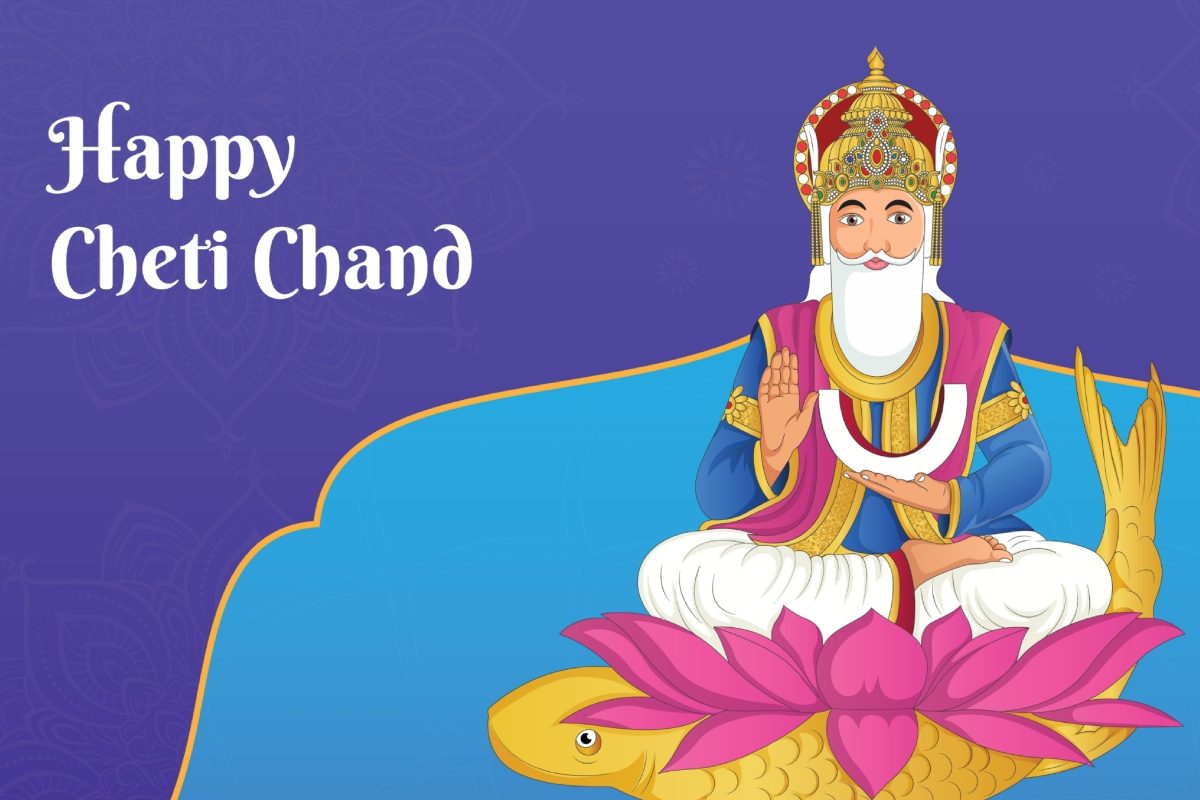
I haven’t updated the newsletter in a while. The world feels unbalanced—wars, tech convulsions, political absurdities—and I find myself not passive, but distant. There are battles closer to home: greedy developers, indifferent managing agents, bureaucratic farce. Years ago, any one of them would have derailed me. Now they pass through like weather.
And that, in a small way, is what Norouz is about.
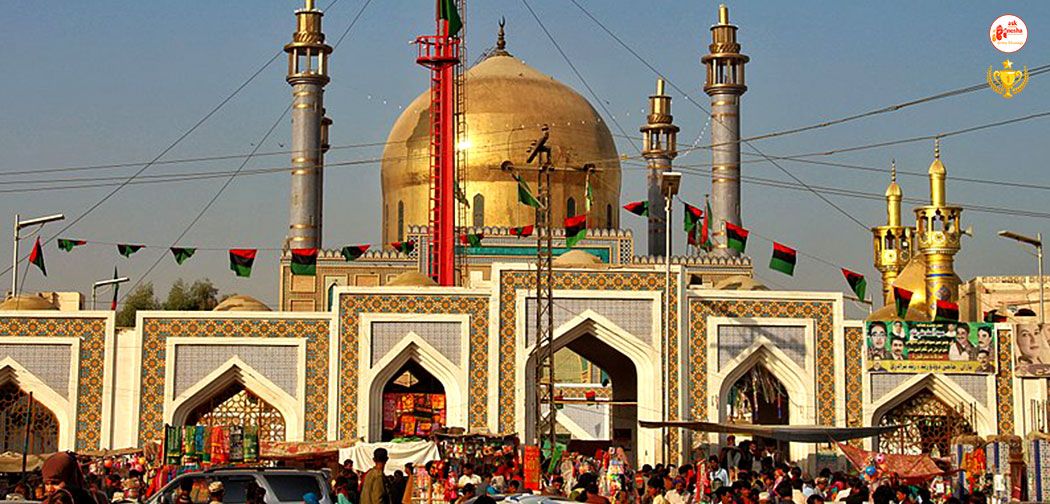
Time as Mirror
Norouz isn’t just a New Year—it’s a 12-day ritual of recalibration (with the 13th, Sizdeh Bedar, devoted to casting Sabzi into flowing water). A time to clean, to host, to reflect.
The Bahá’í calendar magnifies this rhythm: 19 days of fasting, then celebration. Norouz is marked by a single day on the Bahá’í calendar, but those of Iranian heritage often extend it, weaving in cultural continuities.
Fasting is alignment. Celebration is gratitude. Together, they reset the soul.
We forget how magical time is—not just the passage of days, but the architecture of calendars themselves.
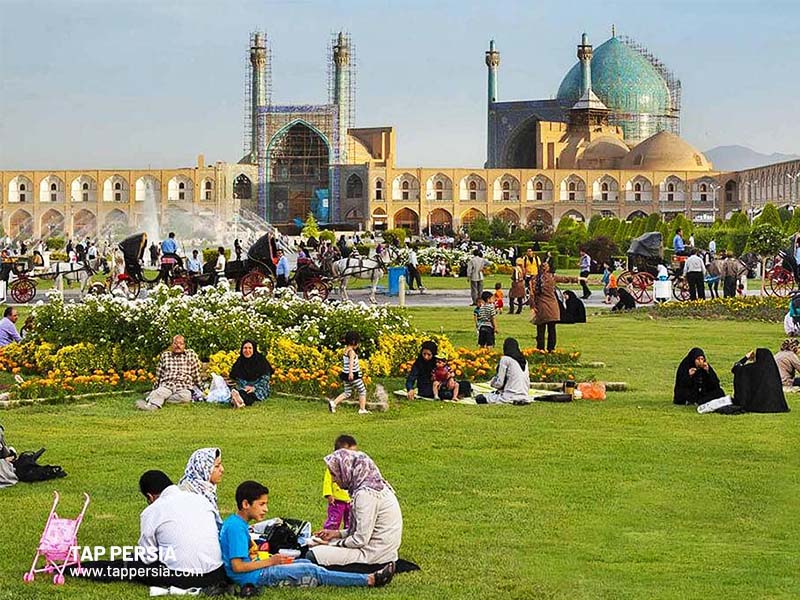 The Bahá’í holy days aren’t abstract—they’re embedded in seasonal rhythm. Ridván, our holiest period, begins on April 20th, close to the birthday of the great Persian poet Saadi, and aligned with Ordibehesht—the season of radiance, revelation, and divine clarity.
The Bahá’í holy days aren’t abstract—they’re embedded in seasonal rhythm. Ridván, our holiest period, begins on April 20th, close to the birthday of the great Persian poet Saadi, and aligned with Ordibehesht—the season of radiance, revelation, and divine clarity.
It’s a symmetry you don’t just understand—you feel it. Not just spiritually, but in your bones.
Calendars That Ask You to Grow
The Persian–Bahá’í calendar does something most systems don’t: It doesn’t just tell you what day it is—it asks you what season you’re in, spiritually, emotionally, inwardly. And this year, I’m especially grateful for that.
Food, Fragrance, and the Feeling of Home
Lately, I’ve fallen hard for Afghan cuisine—that exquisite balance between the depth of Pakistani dishes and the fragrance of Persian cooking. It’s a reminder that hybridity isn’t confusion—it’s elegance. When done gently, cultural synthesis becomes memory, becomes rhythm, becomes home.
Final Reflections
Perhaps the point of Norouz isn’t just celebration—it’s pause. A moment to re-enter life on your own terms. To notice what’s changed. To honour what hasn’t. To remember that time isn’t linear—it’s layered. Not to stay sane while the world goes mad, but to stay rooted in a rhythm deeper than chaos.
Norouz Pirooz.
Happy Cheti Chand.
Ramadan Kareem, Eid & Ridván Mubarak, in advance.

Here’s to another passage around the sun—not just marked, but inhabited.
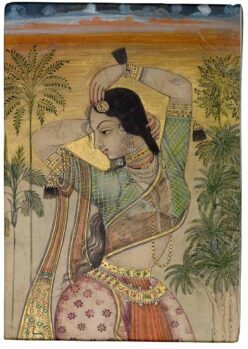
Nowruz Mubarak! Belated wishes on the occasion of the vernal equinox!
Thank you very much. Special days, special feeling 🙂